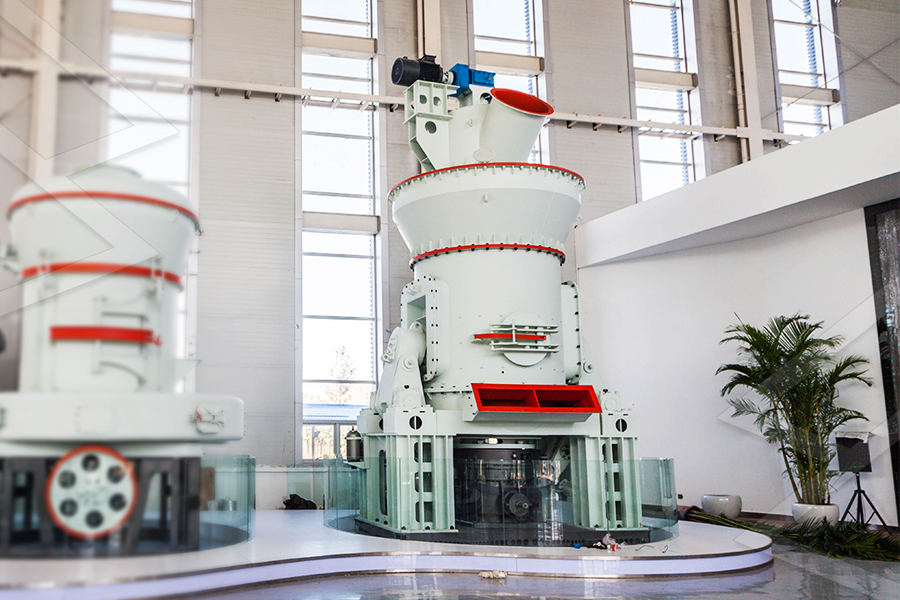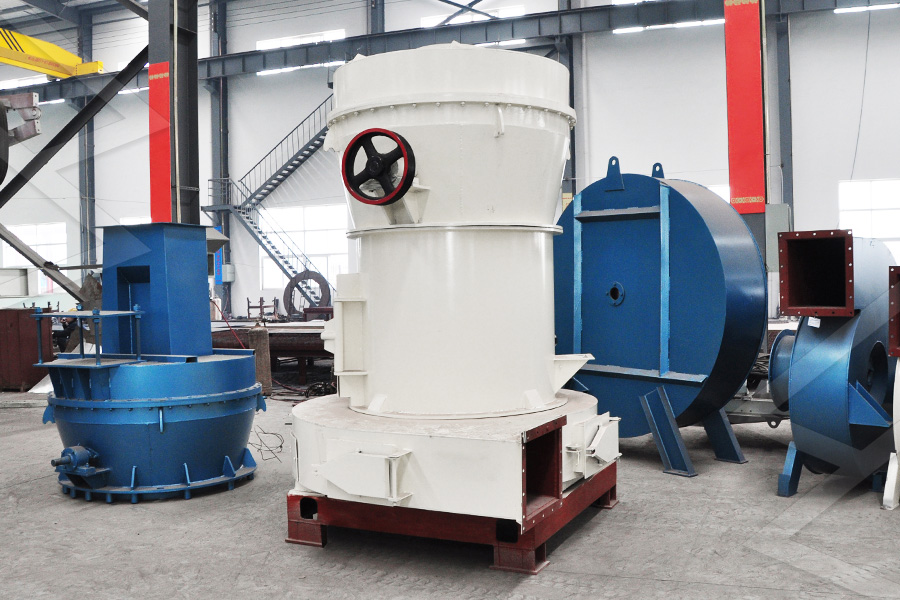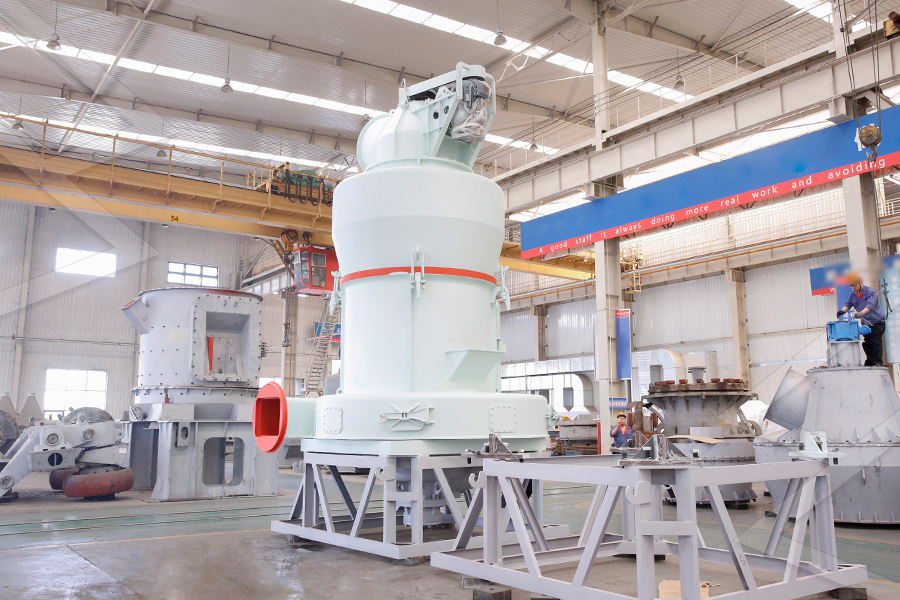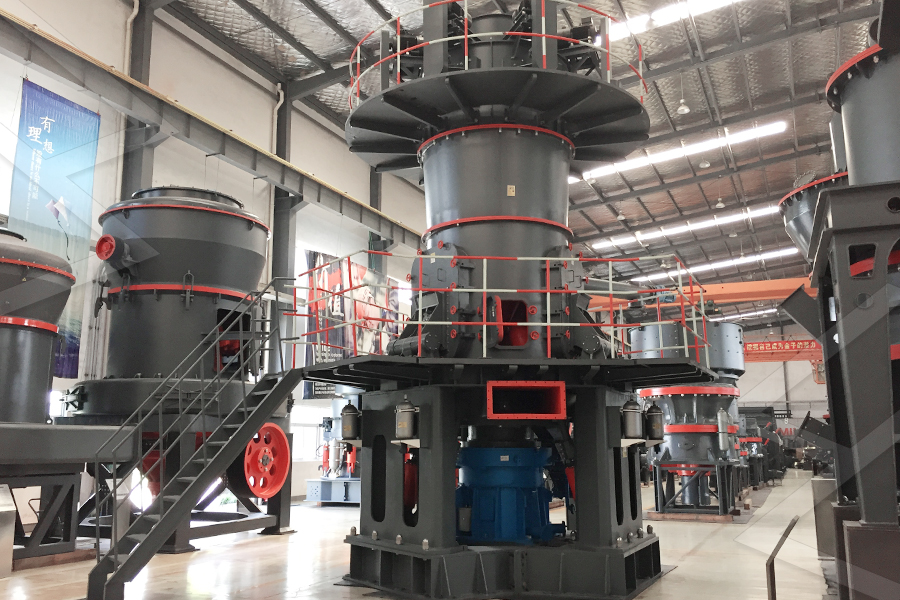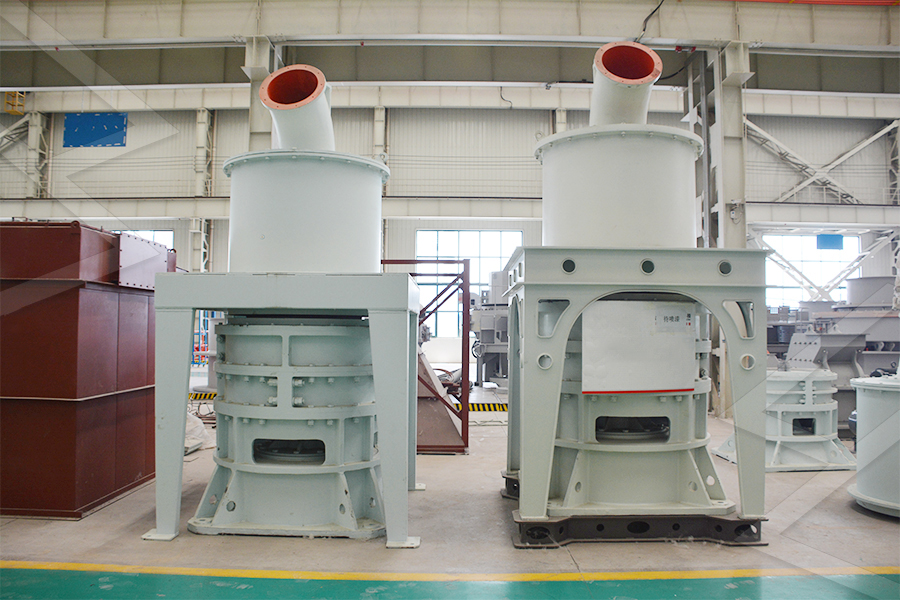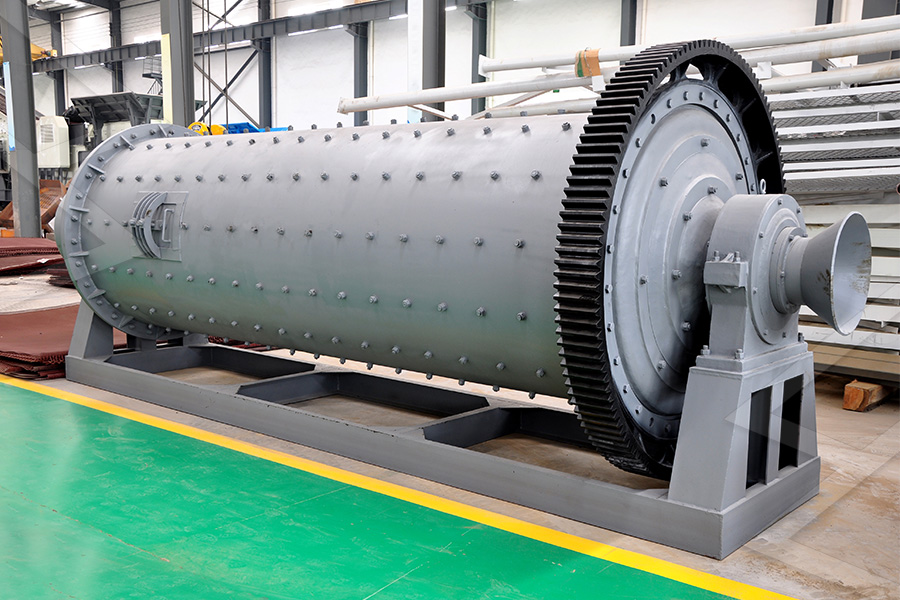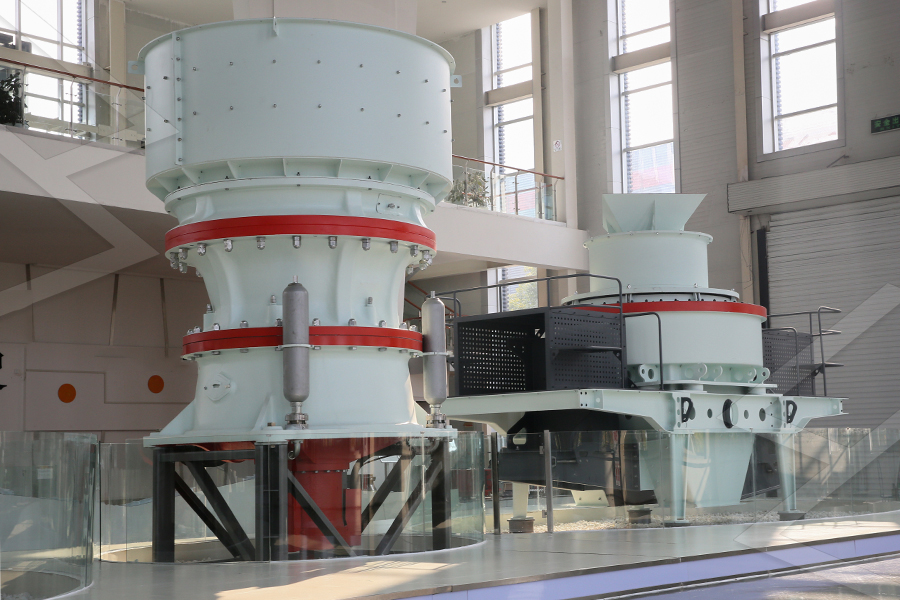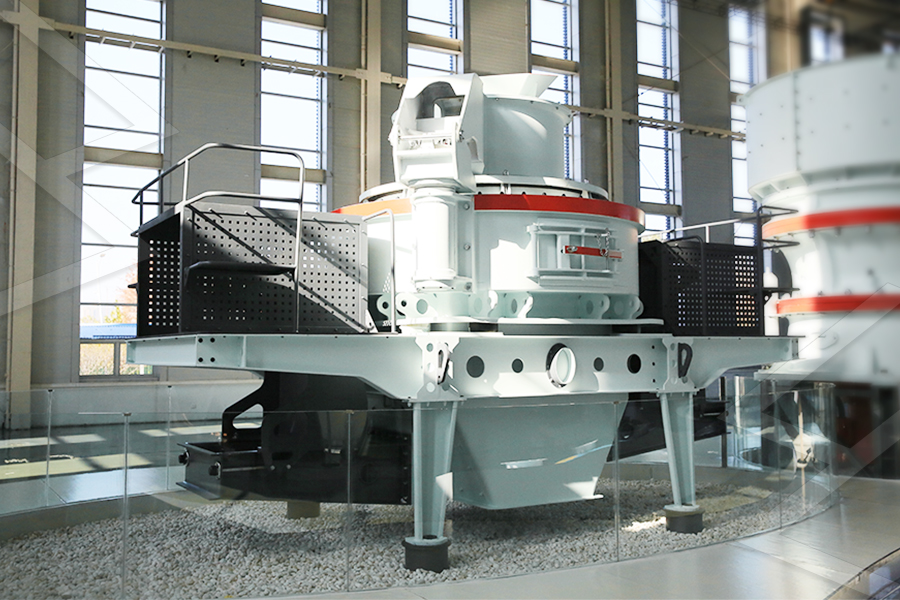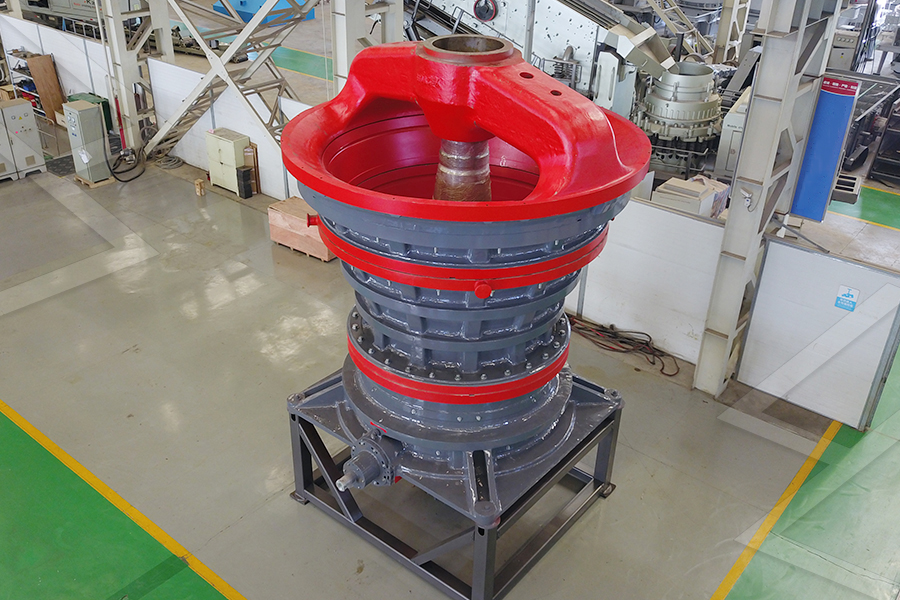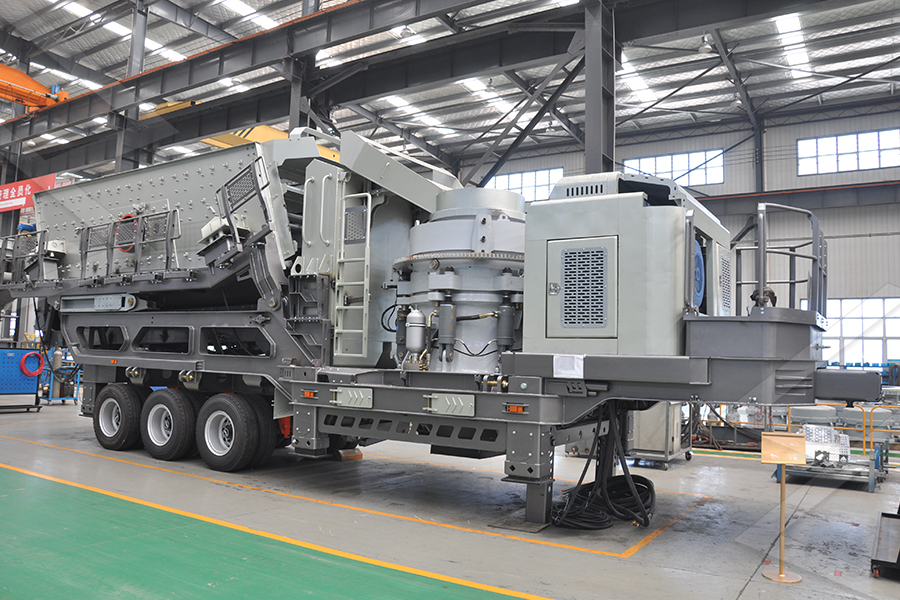The ball mill is a type of grinder used in the mining, milling and preparation of ores and other minerals. In contrast, the vertical roller mill is a type of machine used for grinding materials.
A ball mill is a machine used to grind materials into very small pieces by rolling them around in a cylindrical chamber with a rotating steel ball. The mill can be used to grind materials such as coal, cinder, silica sand, and even lepidolite. A Vertical mill is a type of grinder that uses a rotating cylinder to reduce materials to size. Compared to other types of mills, vertical mills are well-suited for scaling up or down in processing capacity. This is because their cylindrical design allows them to handle larger chunks with fewer revolutions, which reduces wear and tear on the machine.
How do the ball mill and vertical mill work respectively?
A ball mill is a type of grinder used to grind materials into very small pieces by impact. The ball mill is made up of several balls that rotate around a central axis. The balls are made of steel or other hard, durable materials and are held in place by a cage or ring. When the balls are hit against each other, they start to break down the material they're grinding. This process is called attrition and it's what makes the ball mill so effective at breaking down rocks and other materials.
In theory, a ball mill works just like a horizontal roller mill. However, in practice, the two mills actually work quite differently. A ball mill is much slower than a horizontal roller mill and it doesn't have as much capacity. This means that you need to use more balls in a ball mill than you would in a roller mill to get the same amount of powder produced. Another disadvantage of using a ball mill is that it can be difficult to clean. In fact, most ball mills require special cleaning equipment so they can be properly maintained.
A vertical mill is a type of grinder that uses rolls of steel or plastic to crush materials. The material is dropped into the mill from a hopper, and the rolls turn as they grind the material. This process breaks down the material into smaller pieces, which can then be more easily processed by other equipment. The main advantage of a vertical mill over other types of mills is that it can handle larger quantities of material. This is especially valuable in cases where it is difficult to get access to smaller mills that are specifically designed for grinding small pieces of rock.
Another advantage of a vertical roller mill is that it can be used to process multiple types of materials simultaneously. This makes it ideal for use in plants that need to process both hard and soft rocks. One major disadvantage of a vertical mill is its cost. Compared to other types of mills, Vertical Mills are typically much more expensive. Additionally, they tend to require more maintenance than other types of mills, which can add considerably to the overall cost of ownership.
What are the benefits of using a ball mill over a vertical roller mill?
A ball mill is a type of grinder used to grind materials into very fine particles. Vertical mills are commonly used in mineral processing plants to grind ores and other materials, but they also can be used to grind products such as feldspar and kaolin.
The two main advantages of using a ball mill over a vertical mill for spodumene lepidolite processing are that the ball mill is less expensive and more efficient. A ball mill can be operated at lower speeds, which results in smaller particle sizes. This is important because it reduces the amount of energy needed to break down the spodumene lepidolite. In addition, the ball mill is easier to operate than a vertical mill because it does not require a lot of space.
In this paper, we compare ball mill and vertical mill in spodumene lepidolite processing plant. These two factories have their own advantages and disadvantages, but ultimately it depends on which method is most suitable for your specific situation. If you are not sure which type of equipment to choose, I suggest you consult a professional for selection.
